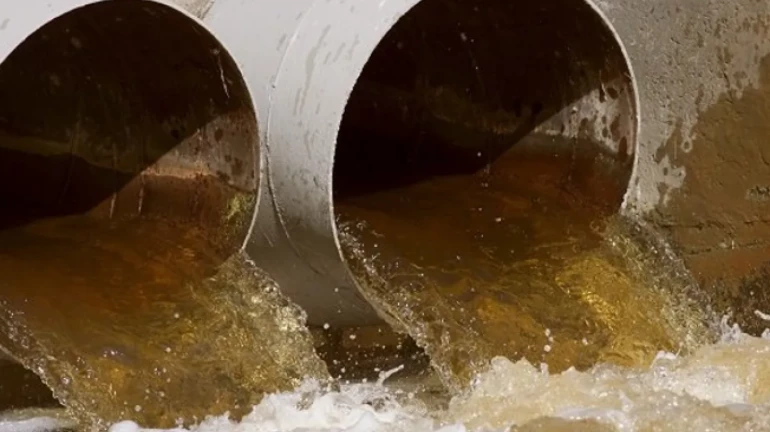
Sewage from coastal road projects, as well as coastal slums, were previously discharged into the sea. However, the Mumbai Municipal Corporation has now undertaken a project to process and reuse this waste water in terms of environmental friendliness. Under this project, treatment centres will be set up at four locations in South Mumbai and around four lakh 85 thousand litres of wastewater will be treated daily. The treated water will be used in toilets and parks.
Sewage treatment plants will be set up at four locations in South Mumbai under the Sagari Kinara Road project: Shivaji Nagar near Tata Udyan, Darya Sagar south of Mahalakshmi Temple, Darya Nagar north of the temple and the rear of Markandeshwar Temple in front of Lovegrove Udanchan Center on Annie Besant Road. The population of the settlement in this area is about 9,500. The construction of sewage treatment plants is currently on a war footing. Out of these, the work of the sewage treatment plant at Shivaji Nagar has reached its final stage and the work of the remaining three treatment plants is also going on at a fast pace.
Also Read: Magathane Metro Station Mishap: Builder Booked After Road Caves-In, Entry & Exit Closed
50,000 litres of sewage can be treated per day in the sewage treatment plant at Shivaji Nagar. The capacity of the treatment centre at Darya Sagar is 35,000 litres, while the capacity of the treatment centre being set up near Darya Nagar and Markandeshwar Temple is to process one lakh litres and three lakh litres of waste water respectively per day. The total capacity of these four sewage treatment plants will be 4 lakh 85 thousand litres per day. The project is based on 'Integrated Wetland Technology' developed by IIT Mumbai alumni Indrakant Jha's startup Energy Enviro through Smile Council.
This will be the process of wastewater
Under the project, sewage or wastewater from the concerned area is stored in an underground tank with the help of a sump pump. This tank has four compartments. Effluent is treated in each compartment. In the second stage of the process, the water is purified with the help of natural plants like safflower. Notably, these treatment plants do not use pumps or other technologies other than initially drawing in sewage and then releasing clean water.





